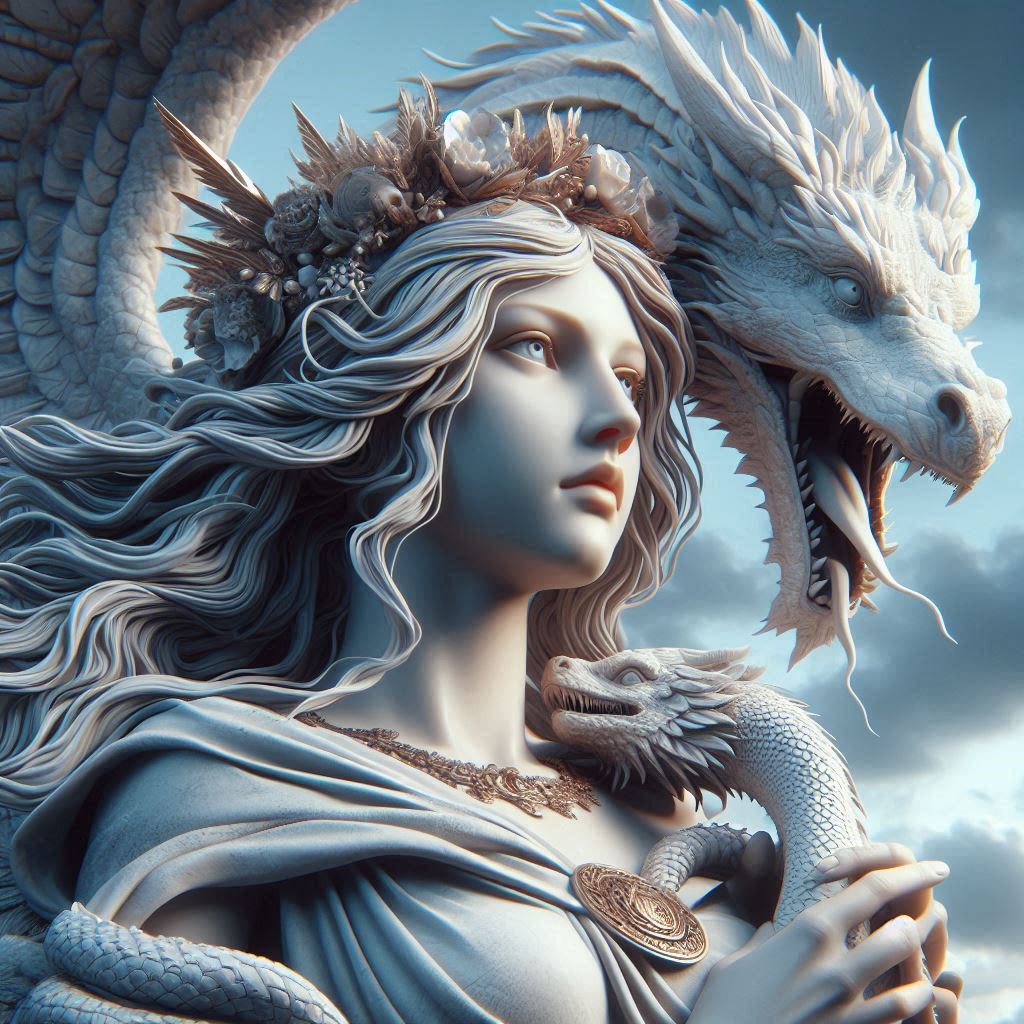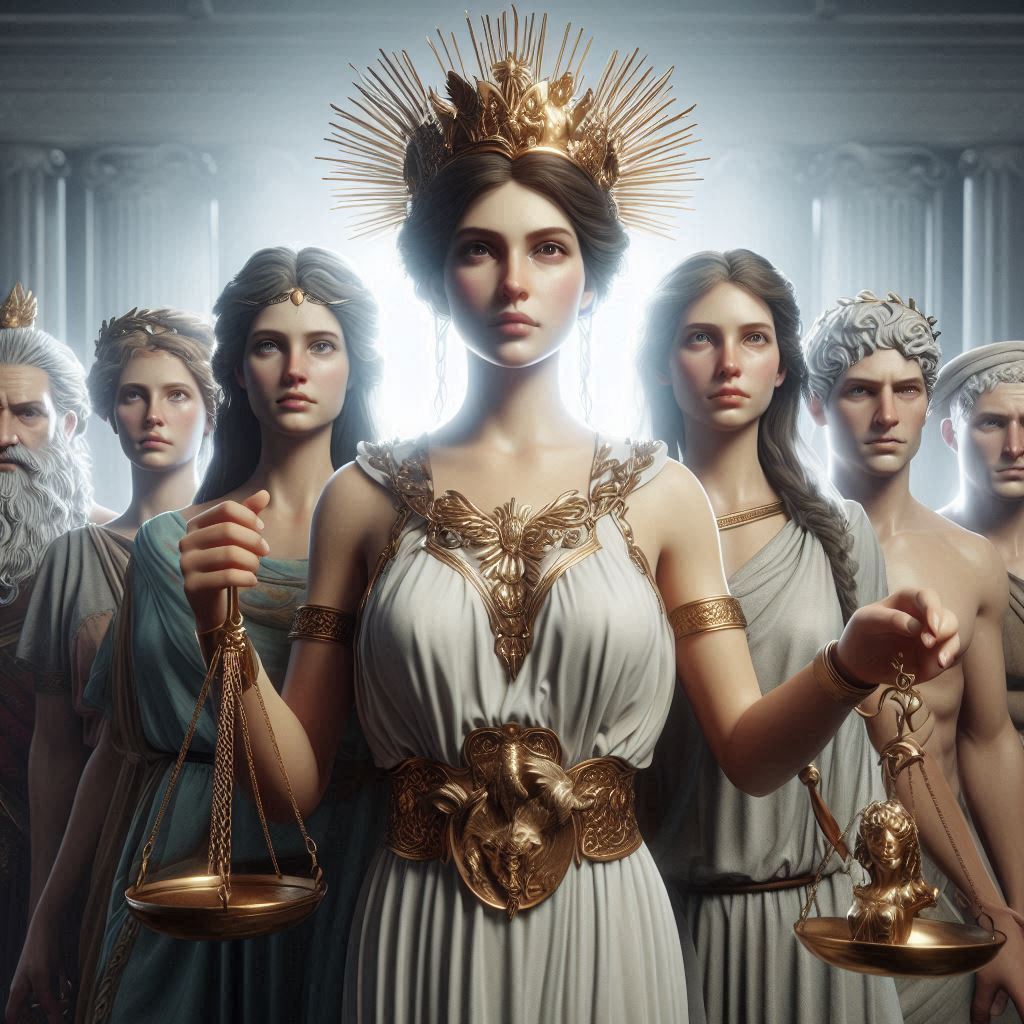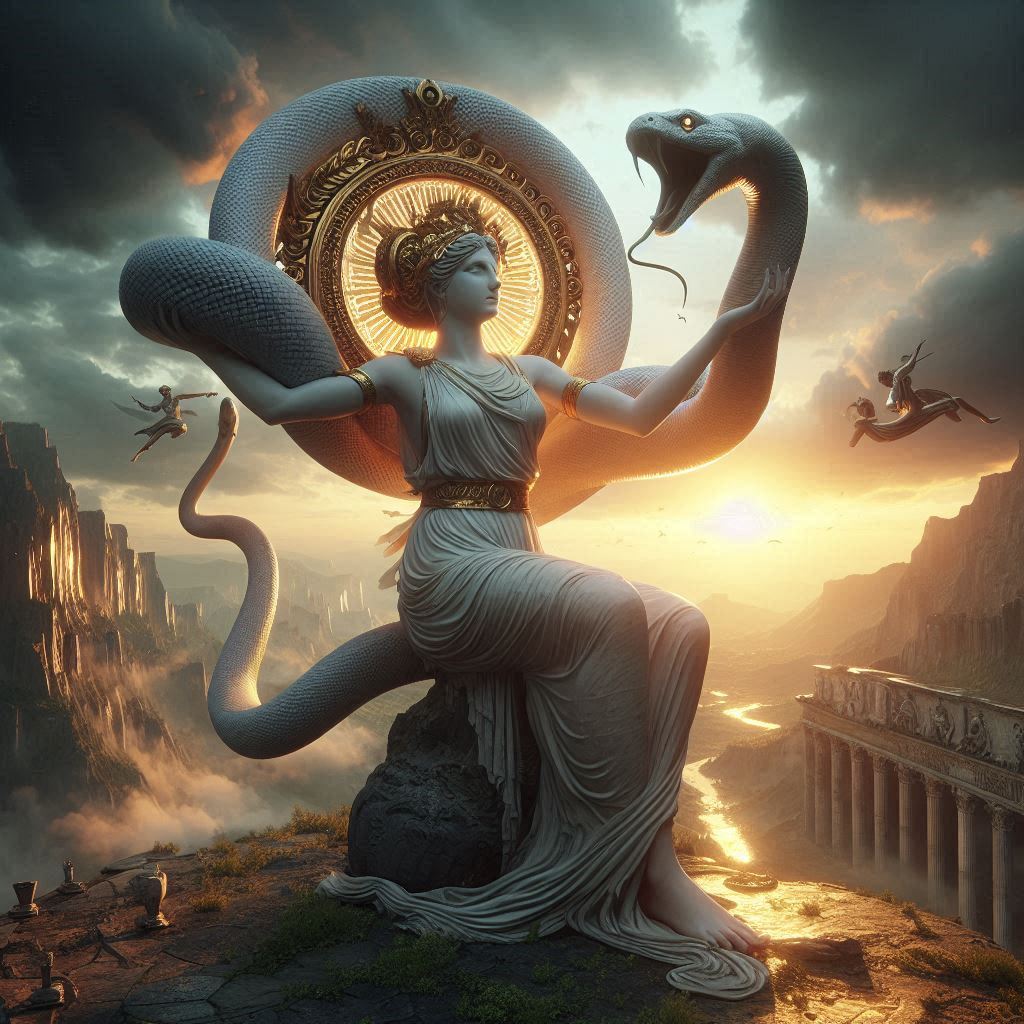Table of Contents
Dragons have captured the human imagination for centuries, symbolizing a range of themes across various cultures and literary traditions. Whether as terrifying adversaries, guardians of treasure, symbols of ancient wisdom, or embodiments of chaos and nature, dragons serve as archetypal figures that reflect humanity’s fears, aspirations, and moral struggles. This essay will explore the evolution of dragons in literature, tracing their origins and symbolic meanings across time and cultural boundaries, with particular emphasis on their transformations in modern fantasy literature.

The Origins of Dragons in Literature
The earliest dragon myths appear in ancient civilizations across the world, from the Mesopotamian Tiamat to the Chinese dragon associated with imperial authority and prosperity. Often these early dragons are either god-like creatures embodying chaos and destruction or wise and benevolent entities that control natural forces. In both cases, dragons reflect humanity’s attempt to explain the inexplicable—the forces of nature, the unknown depths of the oceans, the untamed wilderness—and to confront concepts of power beyond human control.
In Greek and Roman mythology, dragons appear as monstrous serpents or creatures guarding sacred sites, such as the Greek myth of the dragon that guards the Golden Fleece or the legend of the Hydra defeated by Hercules. These creatures symbolize the trials that heroes must overcome to achieve greatness, and their slaying often represents a victory over darkness, ignorance, or evil. Early depictions of dragons as fearsome beasts or powerful guardians cemented their role as creatures to be both feared and revered.
Medieval Dragons: Guardians of Treasure and Symbols of Sin
In medieval European literature, dragons took on a more specific role as guardians of treasure and symbols of sin or greed. This association is evident in works like Beowulf, where the dragon hoards gold and treasures and poses a lethal threat to the hero. The dragon in Beowulf represents not only physical danger but also the moral decay that comes with an obsession for wealth. Similarly, the dragons in Arthurian legends and Christian literature are often portrayed as embodiments of vice and sin, agents of the Devil, or obstacles that saints must overcome.
These dragons encapsulate the moral worldview of medieval Europe, where battles between good and evil were central to the human experience, and where dragons served as a potent reminder of both the dangers of avarice and the necessity of moral courage. Medieval dragons were often slain by noble knights or saints, illustrating the Christian victory over paganism and, symbolically, the triumph of spirituality over materialism.
Dragons in Eastern Literature: Wisdom, Power, and Harmony
In contrast to Western dragons, the dragons in Chinese and Japanese literature are often depicted as benevolent creatures representing wisdom, strength, and harmony with nature. In Chinese mythology, dragons are associated with water, agriculture, and the Emperor himself, symbolizing both the beneficence of natural forces and the stability of the realm. Eastern dragons are also guardians, but unlike the greedy Western dragons, they protect communities and bestow blessings rather than hoard treasure.
In Japanese literature, dragons often take on a similar role, and stories of dragon kings and river spirits abound, demonstrating the close relationship between these mythical creatures and the elemental forces they control. The East Asian dragon’s alignment with auspicious powers and wisdom reflects a worldview that sees humans as part of a harmonious natural order. These dragons are allies rather than adversaries, fostering a symbiotic relationship between humanity and nature, in contrast to the Western motif of heroic conquest.
Renaissance to Romanticism: Symbolism and the Rise of Fantasy
With the Renaissance came a resurgence of interest in classical mythology, bringing dragons back into literary prominence. However, as the Age of Enlightenment ushered in scientific inquiry and the rational explanation of myths, dragons began to shift from literal threats to symbolic figures in literature. For instance, during the Romantic period, dragons were often used to explore themes of mystery, terror, and the sublime—reflecting humanity’s complex relationship with the wild and untamed forces of nature.
In the works of Romantic writers like William Blake, dragons appear as symbols of inner psychological conflict, embodying the clash between rationality and emotion, or between civilization and primal forces. As literature moved towards exploring the subjective human experience, dragons increasingly came to represent internal struggles rather than mere external foes.
Dragons in Modern Fantasy: From Villains to Heroes
Modern fantasy literature has transformed dragons into nuanced characters, no longer confined to the roles of mere adversaries or symbols of abstract virtues and vices. J.R.R. Tolkien’s The Hobbit features Smaug, a dragon who is intelligent, cunning, and wholly malevolent, embodying the greed and destructiveness associated with dragons in Western folklore. However, Tolkien’s depiction of Smaug goes beyond the typical treasure-hoarding dragon, exploring the psychological dimensions of greed and pride, both in the dragon and in those who seek his wealth.
Meanwhile, Ursula K. Le Guin’s Earthsea series portrays dragons as ancient beings possessing profound wisdom and a deep connection to magic. Her dragons are ambivalent, neither entirely good nor evil, and they serve as guardians of a mystical, elemental force that humans cannot fully comprehend. This depiction reflects a more complex view of power and knowledge, aligning dragons with the mysteries of existence itself.
In contemporary fantasy literature, authors like George R.R. Martin and Christopher Paolini continue to explore and expand upon the archetype of the dragon. In Martin’s A Song of Ice and Fire, dragons are symbols of political power and are closely tied to the fate of empires and rulers. Paolini’s Eragon series goes further by creating bonds between dragons and humans, reflecting themes of partnership, empathy, and mutual respect. In these modern portrayals, dragons become fully realized characters, capable of loyalty, wisdom, cruelty, and kindness, mirroring the complexity of human relationships.
Conclusion: Dragons as Enduring Symbols of Power and Mystery
Dragons in literature are timeless symbols that resonate across cultures and epochs. Initially representing the unknowable forces of nature or primal fears, dragons gradually evolved into figures embodying complex moral and psychological themes. In Western literature, they often symbolize sin, greed, or challenges to be overcome, while in Eastern traditions, they represent harmony, wisdom, and benevolent power.
The evolution of dragons from monstrous adversaries to complex characters reflects humanity’s changing relationship with the unknown. In contemporary fantasy, dragons continue to fascinate and inspire readers, serving as powerful symbols of both our highest aspirations and our deepest fears. As literature continues to evolve, dragons will undoubtedly remain central figures in the myths we create to understand ourselves and the world around us. Their dual nature as both destroyers and protectors, beasts of wisdom and power, ensures that they will continue to captivate our imaginations for generations to come.


No responses yet